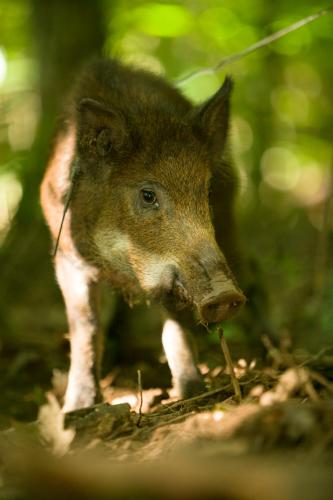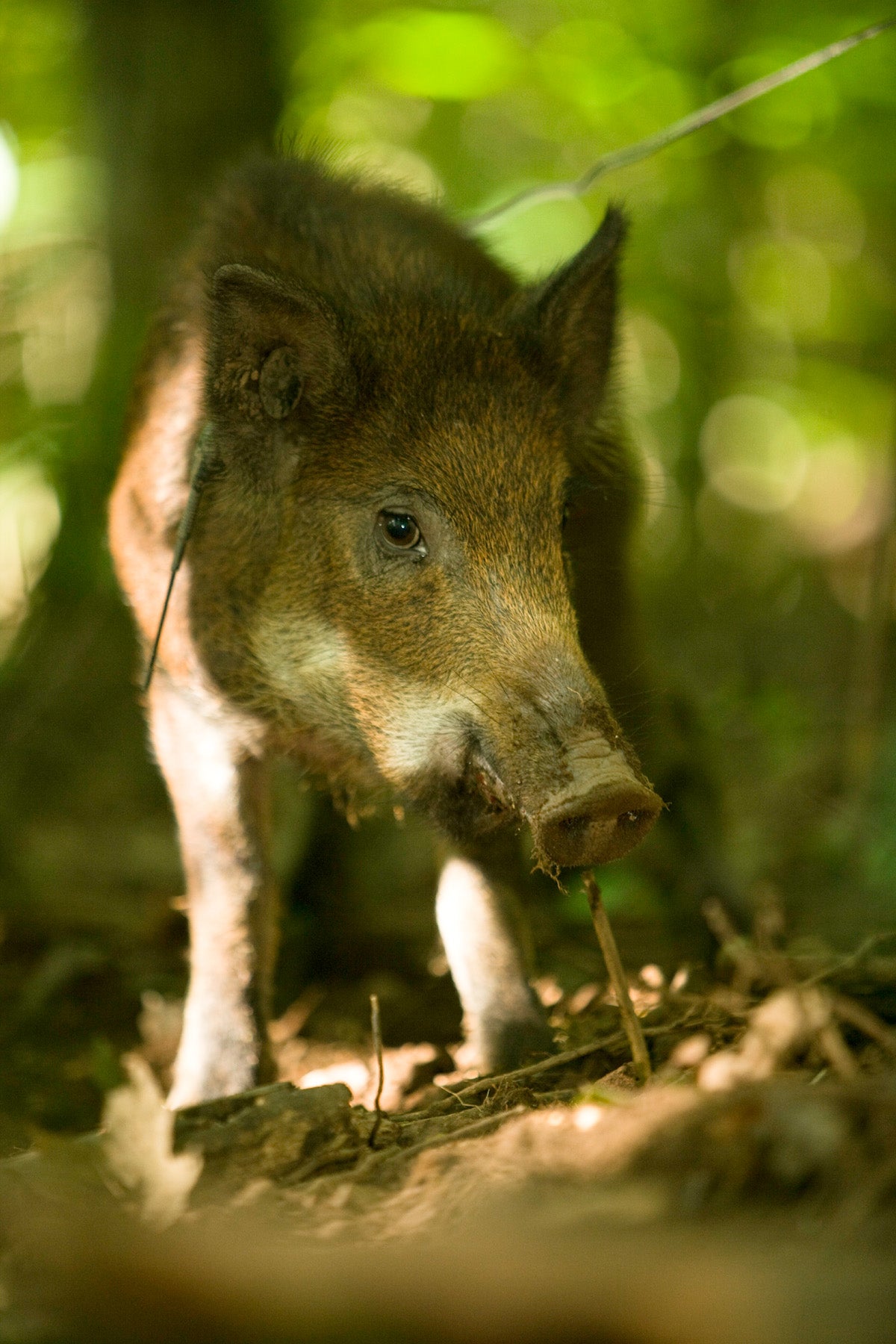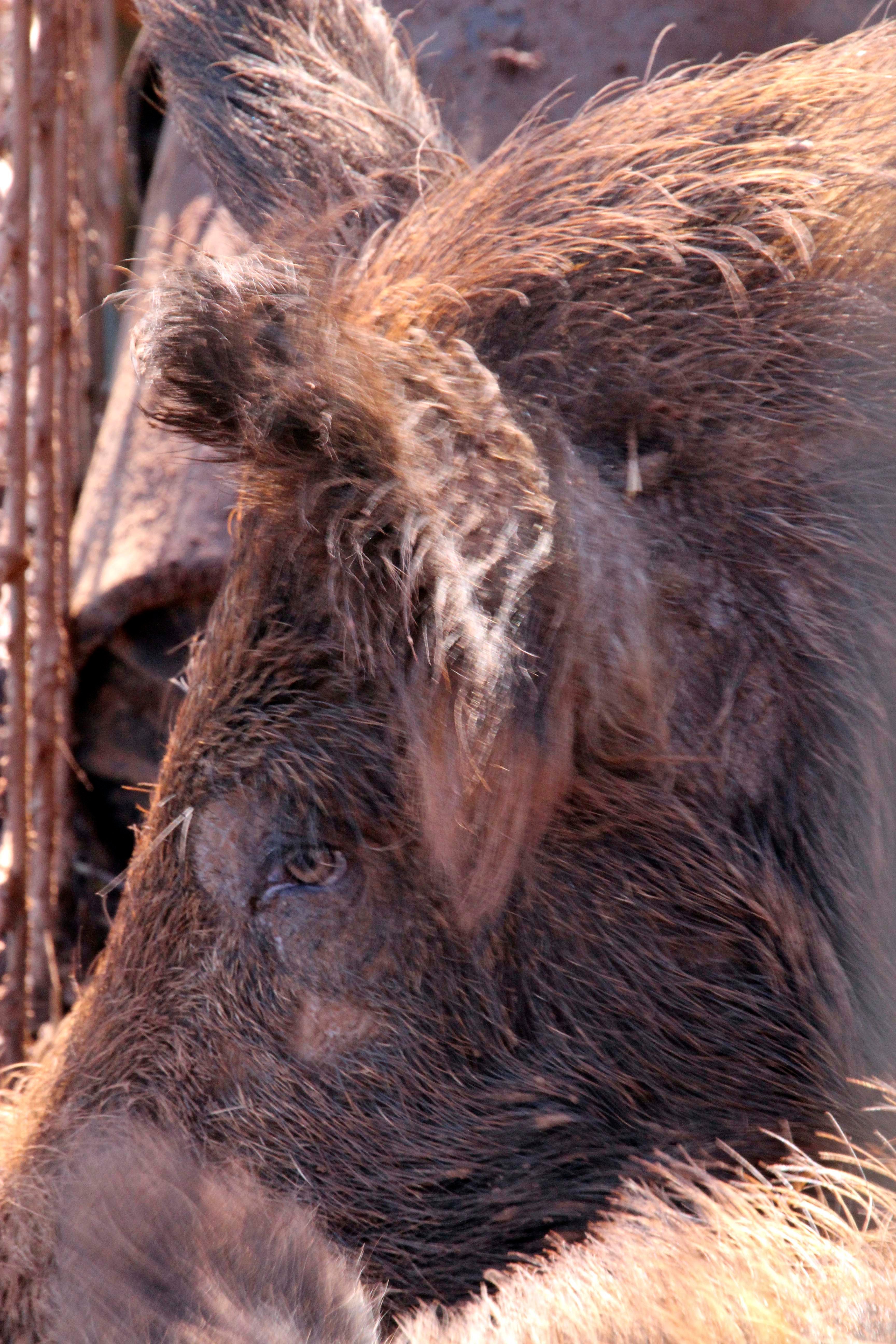
Xplor reconnects kids to nature and helps them find adventure in their own backyard. Free to residents of Missouri.


































Stay in Touch with MDC news, newsletters, events, and manage your subscription

Xplor reconnects kids to nature and helps them find adventure in their own backyard. Free to residents of Missouri.

A monthly publication about conservation in Missouri. Started in 1938, the printed magazine is free to residents of Missouri.






KANSAS CITY, Mo. -- Feral hogs damage crops, destroy wildlife habitat and pose risks to humans and livestock. The Missouri Department of Conservation (MDC) is working to eliminate feral hogs from public lands managed by the Department.
“If you enjoy wildlife, and if you hunt deer or wild turkeys, then you don’t want feral hogs,” said Debra Burns, regional Wildlife supervisor for MDC’s Kansas City Region.
People who value Missouri’s natural outdoors can help. Anyone spotting feral hogs on an MDC conservation area is asked to contact their local MDC office or conservation agent. Feral hogs spotted on private lands can be reported to MDC offices or to the USDA Wildlife Services at 573-449-3033, ext. 13.
Feral hogs aggressively root in the ground with their snouts for food such as roots and insects. They tear deep furrows over broad areas in soil supporting pastures, crop fields and woodlands. Sensitive natural areas, such as glades and fens where rare or endangered wildflowers grow, can be destroyed by hog rooting. What is at stake for wildlife habitat is not just the individual plants destroyed, but also the seeds and roots for new growth in future years. Feral hogs also destroy eggs and nests of ground-nesting birds such as bobwhite quail and wild turkeys.
Water quality problems occur when feral hogs wallow in farm ponds and streams. In the current drought with low water conditions, problems are magnified as the hogs add additional nutrients and disease agents to the water.
Most feral hogs have been illegally released by individuals intending to hunt them or to charge fees for guiding hog hunters.
Feral hogs reproduce quickly. They are wary, mean and able in the wild to quickly expand populations. Family groups of feral hogs can cause thousands of dollars in damage to crop fields. They can be aggressive and dangerous towards people.
Feral hogs can also carry diseases transferrable to humans, wildlife and livestock. The Centers for Disease Control has reported several hunters in the eastern United States contracting a form of swine brucellosis from field dressing feral hogs. Diseases carried by wild pigs that are threats to farm herds include swine brucellosis, pseudorabies, trichinosis and leptospirosis.
Scattered bands of feral hogs have been found on public lands in west central Missouri, Burns said. MDC crews in recent months have reduced feral hog numbers on MDC wildlife areas by using traps and shooting. The goal is to prevent feral hogs from becoming established, she said. Some states with long-established feral hog populations are dealing with millions of dollars in damages annually to agriculture and ongoing threats to native wildlife habitat. MDC seeks to protect public wildlife areas from this threat.
Reporting feral hog sightings is the best way to help. Feral hogs are not considered wildlife. They can be shot on sight, except during certain portions of the fall deer and turkey hunting seasons. MDC does not encourage hunting specifically for feral hogs.
MDC crews may spend weeks working on traps for feral hog eradication projects. Often these traps set are outside the normal hunting season times. Disturbing a trap site can ruin those efforts.
It is illegal to transport a live feral hog on or through public land under Missouri state law. That law is in place to prevent violators from releasing feral hogs in new locations. Violators have been arrested and successfully prosecuted under this law. Anyone with information about a possible release of feral hogs on public lands can call Operation Game Thief at 800-392-1111.
“Feral hogs, wherever they spread, can systematically change the supporting habitat for wildlife,” Burns said. “Simply put, they hurt Missouri’s natural and agricultural resources.”